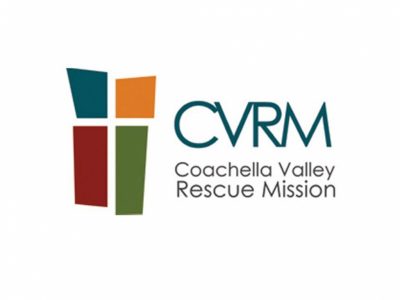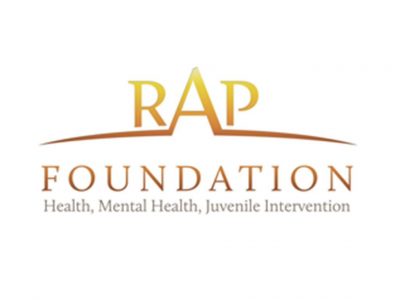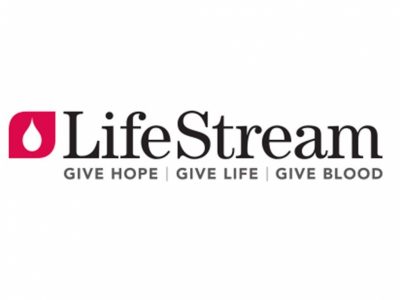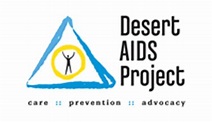WHO ARE WE
Shelter From The Storm, Inc. (SFTS) is the Coachella Valley’s only comprehensive domestic victim assistance service and shelter provider. Shelter From The Storm’s first priority is the safety of those who seek assistance. Our programs work with clients to meet their needs so they can look ahead to a safe horizon.
WHAT WE DO
Provide 24-Hour Crisis Hotline to Victims
Shelter From The Storm’s toll free hotline is a gateway to assistance for the entire Coachella Valley; staffed by experienced advocates 24 hours a day, seven days a week including holidays. Many hotline advocates are bilingual, providing crisis counseling, safety planning, assistance with finding shelter, referrals to SFTS programs or other organizations, advocacy with the police, and other crucial services.
Shelter From The Storm’s Hotlines:
24 Hour Toll Free Crisis Hotline: 800-775-6055
24 Hour Crisis Hotline: 760-328-SAFE (7233)
Provide Weekly Case Management Services: to help clients create specific, measurable and do-able goals.
Domestic Violence Outreach: Advocates who help clients with the provision of services and referrals.
Provide valuable consultation services: to clinical , to medical, legal, law enforcement professionals, and the lay communities about domestic violence.
Community Counseling Center: provides clinical therapy with licensed therapists, both individual and group sessions, for women and children who have completed their stay in our emergency shelter as well as to the community at large.
Provision of basic hygiene/personal care items, and nonperishable food items: for clients in our shelter service program and those enrolled in services at our Community Counseling Center.
THE SHOCKING, SAD STATISTICS OF DOMESTIC VIOLENCE
Throughout California, across the nation, and around the world, domestic violence is nothing less than an epidemic. The following is merely a glimpse at the scope of this terrible societal problem, statistics which are indeed shocking and sad:
Estimates are that up to three million women nationwide are physically abused by their husband or boyfriend each year.
Around the world, at least one in every three women has been beaten, coerced into sex or otherwise abused during her lifetime.
Nearly one-third of American women (31 percent) report being physically or sexually abused by a husband or boyfriend at some point in their lives, according to a 1998 Commonwealth Fund survey.
Nearly 25 percent of American women report being raped and/or physically assaulted by a current or former spouse, cohabiting partner, or date at some time in their lifetime, according to the National Violence Against Women Survey, conducted from November 1995 to May 1996.
In California, an average of 124 women per year are murdered at the hands of an intimate partner, and of these 45% were in the process of separating. In 76% of the cases involving a history of violence, family, friends or co-workers were aware of the abuse. In one out of five cases, a person other than the primary victim, often a child, was severely injured or killed at the time the murder of the woman took place.
Thirty percent of Americans say they know a woman who has been physically abused by her husband or boyfriend in the past year.
More than 5.3 million American women per year are victims of nonfatal violence committed by an intimate partner.
Intimate partner violence is primarily a crime against women. Women account for 85 percent of the victims of intimate partner violence (588,490 total) and men account for approximately 15 percent of the victims (103,220 total).
While women are less likely than men to be victims of violent crimes overall, women are five to eight times more likely than men to be victimized by an intimate partner.
Intimate partner violence makes up 20 percent of violent crime against women each year.
As many as 324,000 women each year experience intimate partner violence during their pregnancy.
Women of all races are about equally vulnerable to violence by an intimate.
Male violence against women does much more damage than female violence against men; women are much more likely to be injured than men.
The most rapid growth in domestic relations caseloads is occurring in domestic violence filings. Between 1993 and 1995, 18 of 32 states with three year filing figures reported an increase of 20 percent or more.
Women are seven to 14 times more likely than men to report suffering severe physical assaults from an intimate partner.
Women are much more likely than men to be killed by an intimate partner. In 2000, intimate partner homicides accounted for 33.5 percent of the murders of women and less than four percent of the murders of men.
Pregnant and recently pregnant women are more likely to be victims of homicide than to die of any other cause, and evidence exists that a significant proportion of all female homicide victims are killed by their intimate partners.
Research suggests that injury related deaths, including homicide and suicide, account for approximately one-third of all maternal mortality cases, while medical reasons make up the rest. But, homicide is the leading cause of death overall for pregnant women.
https://www.shelterfromthestorm.com/



















